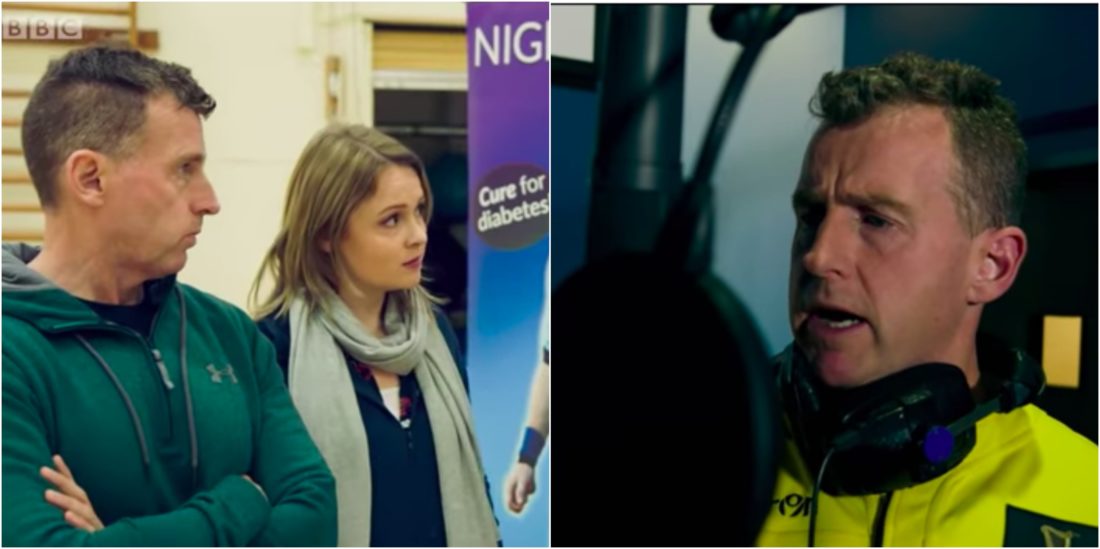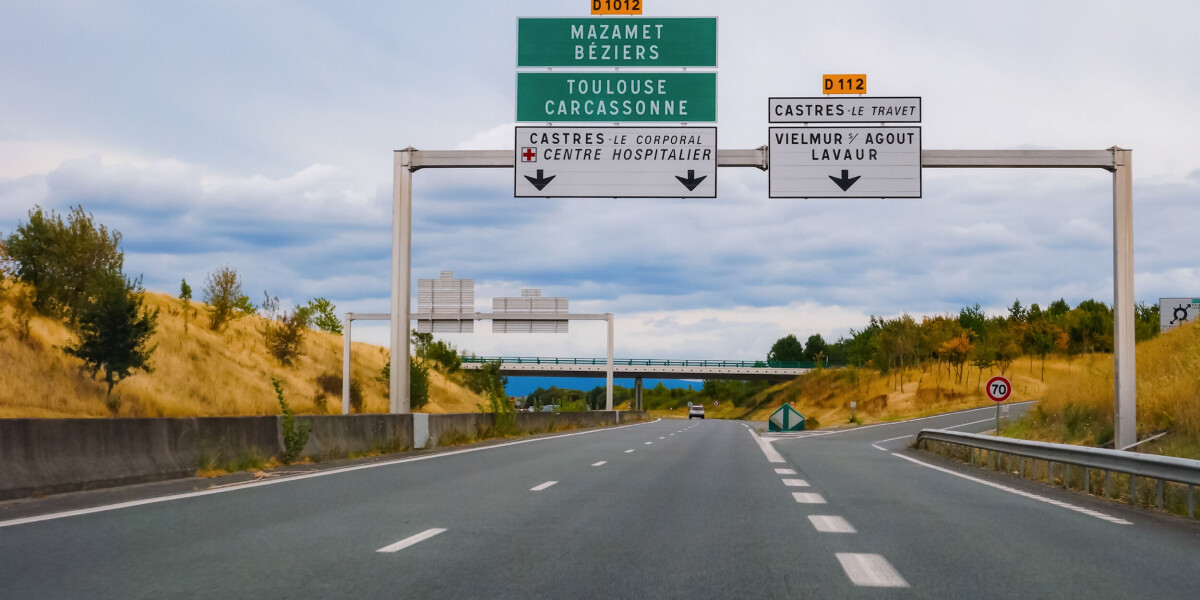
- Select a language for the TTS:
- UK English Female
- UK English Male
- US English Female
- US English Male
- Australian Female
- Australian Male
- Language selected: (auto detect) - EN
Play all audios:
ABSTRACT Human pattern resolution is limited by optical blurring1 as well as neural filtering1,2,3 by a cascade of retinal and cortical sites4,5,6 with progressively lower resolution limits.
Curiously, pattern structure can influence perceived color: a high-contrast, monochromatic (single wavelength) pattern appears desaturated (closer to white) relative to a uniform field of
the same wavelength3,7,8. Here we show that this desaturation is evident even when the pattern's frequency is too high for conscious perception, implicating a nonlinear process—namely
light adaptation—at the level of single cone photoreceptors. We propose a neural mechanism in which fast, involuntary eye movements serve to shift control over perception between two
competing cone populations, each operating at different levels of adaptation. Access through your institution Buy or subscribe This is a preview of subscription content, access via your
institution ACCESS OPTIONS Access through your institution Subscribe to this journal Receive 12 print issues and online access $209.00 per year only $17.42 per issue Learn more Buy this
article * Purchase on SpringerLink * Instant access to full article PDF Buy now Prices may be subject to local taxes which are calculated during checkout ADDITIONAL ACCESS OPTIONS: * Log in
* Learn about institutional subscriptions * Read our FAQs * Contact customer support SIMILAR CONTENT BEING VIEWED BY OTHERS LINEAR AND NONLINEAR CHROMATIC INTEGRATION IN THE MOUSE RETINA
Article Open access 26 March 2021 CONTEXT-DEPENDENT SELECTIVITY TO NATURAL IMAGES IN THE RETINA Article Open access 22 September 2022 LARGE ENHANCEMENT OF SIMULTANEOUS COLOR CONTRAST BY
WHITE FLANKING CONTOURS Article Open access 18 November 2020 REFERENCES * Campbell, F.W. & Green, D.G. Optical and retinal factors affecting visual resolution. _J. Physiol. (Lond.)_ 181,
576–593 (1965). Article CAS Google Scholar * Sekiguchi, N., Williams, D.R. & Brainard, D.H. Nonlinear distortion of gratings at the foveal resolution limit. _J. Opt. Soc. Amer. A_
10, 2118–2133 (1993). Article CAS Google Scholar * He, S. & MacLeod, D.I.A. Local luminance nonlinearity and receptor aliasing in the detection of high frequency gratings. _J. Opt.
Soc. Amer. A_ 13, 1139–1151 (1996). Article CAS Google Scholar * MacLeod, D.I.A., Williams, D.R. & Makous, W. A visual nonlinearity fed by single cones. _Vision Res._ 32, 347–363
(1992). Article CAS Google Scholar * McMahon, M.J., Lankheet, M.J., Lennie, P. & Williams, D.R. Fine structure of parvocellular receptive fields in the primate fovea revealed by laser
interferometry. _J. Neurosci._ 20, 2043–2053 (2000). Article CAS Google Scholar * He, S. & MacLeod, D.I.A. Orientation-selective adaptation and tilt after-effect from invisible
patterns. _Nature_ 41, 473–475 (2001). Article Google Scholar * Burton, G.J. Evidence for nonlinear response processes in the human visual system from measurements on the thresholds of
spatial beat frequencies. _Vision Res._ 13, 1211–1225 (1973). Article CAS Google Scholar * Williams, D.R. Aliasing in human foveal vision. _Vision Res._ 25, 195–205 (1985). Article CAS
Google Scholar * He, S. & MacLeod, D.I.A. Contrast-modulation flicker: dynamics and spatial resolution of the light adaptation process. _Vision Res._ 38, 985–1000 (1998). Article CAS
Google Scholar * Hayhoe, M., Benimoff, N.I. & Hood, D.C. The time course of multiplicative and subtractive adaptation processes. _Vision Res._ 27, 1981–1996 (1987). Article CAS Google
Scholar * Krauskopf, J. Effect of retinal image stabilization on the appearance of heterochromatic targets. _J. Opt. Soc. Amer._ 53, 741–744 (1963). Article CAS Google Scholar *
Ditchburn, R.W. _Eye Movements and Visual Perception_ (Clarendon Press, Oxford, 1973). Google Scholar * Byford, G.H. A sensitive contact lens photoelectric eye movement recorder. _I.R.E.
Trans. Med. Electron._ 9, 236–243 (1962). Article Google Scholar * Ditchburn, R.W. & Ginsborg, B.L. Involuntary eye movements during fixation. _J. Physiol._ 119, 1–17 (1953). Article
CAS Google Scholar * Riggs, L.A., Armington, J.C. & Ratliff, F. Motions of the retinal image during fixation. _J. Opt. Soc. Amer._ 44, 315–321 (1954). Article CAS Google Scholar
Download references ACKNOWLEDGEMENTS This research was supported by grant EY-01711 from the National Institutes of Health. We wish to thank A. Shady, D. Hood, A. Holcombe and D. Beer for
their comments on an earlier manuscript. AUTHOR INFORMATION AUTHORS AND AFFILIATIONS * Department of Psychology, University of California, San Diego 9500 Gilman Drive, MC 0109, La Jolla,
92037, California, USA Sherif Shady & Donald I.A. MacLeod Authors * Sherif Shady View author publications You can also search for this author inPubMed Google Scholar * Donald I.A.
MacLeod View author publications You can also search for this author inPubMed Google Scholar CORRESPONDING AUTHOR Correspondence to Sherif Shady. ETHICS DECLARATIONS COMPETING INTERESTS The
authors declare no competing financial interests. RIGHTS AND PERMISSIONS Reprints and permissions ABOUT THIS ARTICLE CITE THIS ARTICLE Shady, S., MacLeod, D. Color from invisible patterns.
_Nat Neurosci_ 5, 729–730 (2002). https://doi.org/10.1038/nn894 Download citation * Received: 20 February 2002 * Accepted: 31 May 2002 * Published: 22 July 2002 * Issue Date: 01 August 2002
* DOI: https://doi.org/10.1038/nn894 SHARE THIS ARTICLE Anyone you share the following link with will be able to read this content: Get shareable link Sorry, a shareable link is not
currently available for this article. Copy to clipboard Provided by the Springer Nature SharedIt content-sharing initiative








